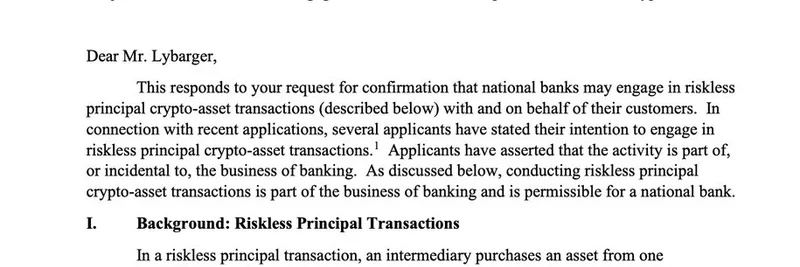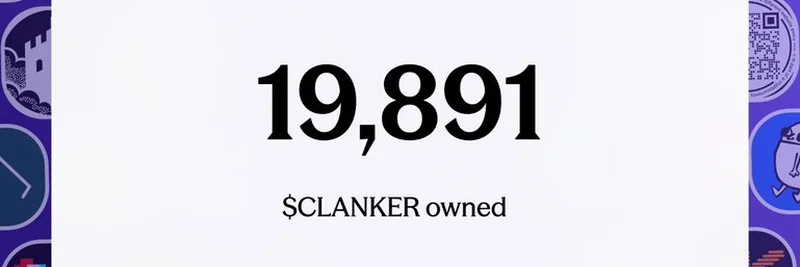In the fast-paced world of blockchain and crypto, DeFi—short for Decentralized Finance—stands out for its unique approach to handling financial services. Unlike traditional finance or even centralized crypto exchanges (CeFi), DeFi runs on smart contracts, which are self-executing code on the blockchain. This means no central authority or middleman is needed to process transactions, loans, or trades. Recently, a tweet from Rebecca Rettig, legal counsel at Jito Labs, highlighted this key difference, quoting a post from Jito that simply stated: "DeFi built different."
The quoted video clip, seemingly from a panel discussion at a digital asset summit, features a speaker explaining how DeFi performed during a recent market crash. While centralized exchanges like Binance, Coinbase, and Robinhood faced issues such as pricing discrepancies and depegs (when a stablecoin loses its peg to a fiat currency like the USD), DeFi protocols held strong. For instance, Aave—a popular lending platform—handled liquidations automatically as designed, without any human intervention. The speaker, who mentioned past experience with Aave, emphasized that these systems work purely on code, pressing no buttons and requiring no overrides.
Rettig's response drives the point home: DeFi apps like Jito, Aave, and Uniswap function autonomously. This setup not only eliminates the risks associated with human error or manipulation but also redefines how we ensure safety and security for users. In volatile markets, where prices can swing wildly, this code-based reliability is a game-changer.
Why This Matters for Meme Token Traders
Meme tokens, those viral, community-driven cryptocurrencies often inspired by internet culture, thrive in DeFi environments. Platforms like Uniswap on Ethereum or tools built on Solana—where Jito operates—allow anyone to launch, trade, and liquidity-provide for meme coins without gatekeepers. But meme markets are notoriously unpredictable, with pumps and dumps happening in hours.
During a market downturn, CeFi platforms might halt trading, freeze withdrawals, or experience outages, leaving users stuck. In contrast, DeFi keeps chugging along. Liquidations on lending protocols happen based on predefined rules—if your collateral drops below a certain threshold, the system sells it off automatically to protect lenders. This prevents cascading failures that could wipe out entire ecosystems.
Take Solana's meme token scene, for example. With tools like Pump.fun enabling quick launches, traders rely on liquid staking solutions like Jito to earn MEV (Maximal Extractable Value) rewards while staking SOL. MEV refers to the extra value validators can extract from ordering transactions in a block. Jito's liquid staking pool lets users stake without locking up their assets, providing liquidity that's crucial during crashes when you might need to move fast.
Lessons from the Crash: Building Resilience in Meme Ecosystems
The video's mention of market structure legislation in the US adds another layer. The speaker notes it's unlikely to pass this year but could happen next, potentially bringing clearer rules for DeFi. For meme token enthusiasts, this could mean more institutional involvement, but it also underscores the need for protocols that are resilient by design.
In DeFi, security comes from transparency and audits rather than regulatory oversight. Smart contracts are open-source, so anyone can review the code. This community-driven scrutiny helps catch vulnerabilities before they cause harm. For meme tokens, which often start as jokes but can grow into serious projects, using battle-tested DeFi infrastructure like Jito or Uniswap reduces risks.
If you're diving into meme tokens, consider how these autonomous systems protect you. No more worrying about a CEO's decisions or exchange hacks—DeFi puts the power in the code and, ultimately, in your hands.
As blockchain evolves, insights like these from industry leaders remind us why DeFi isn't just an alternative; it's a superior model for the future of finance, especially in the wild world of memes.



